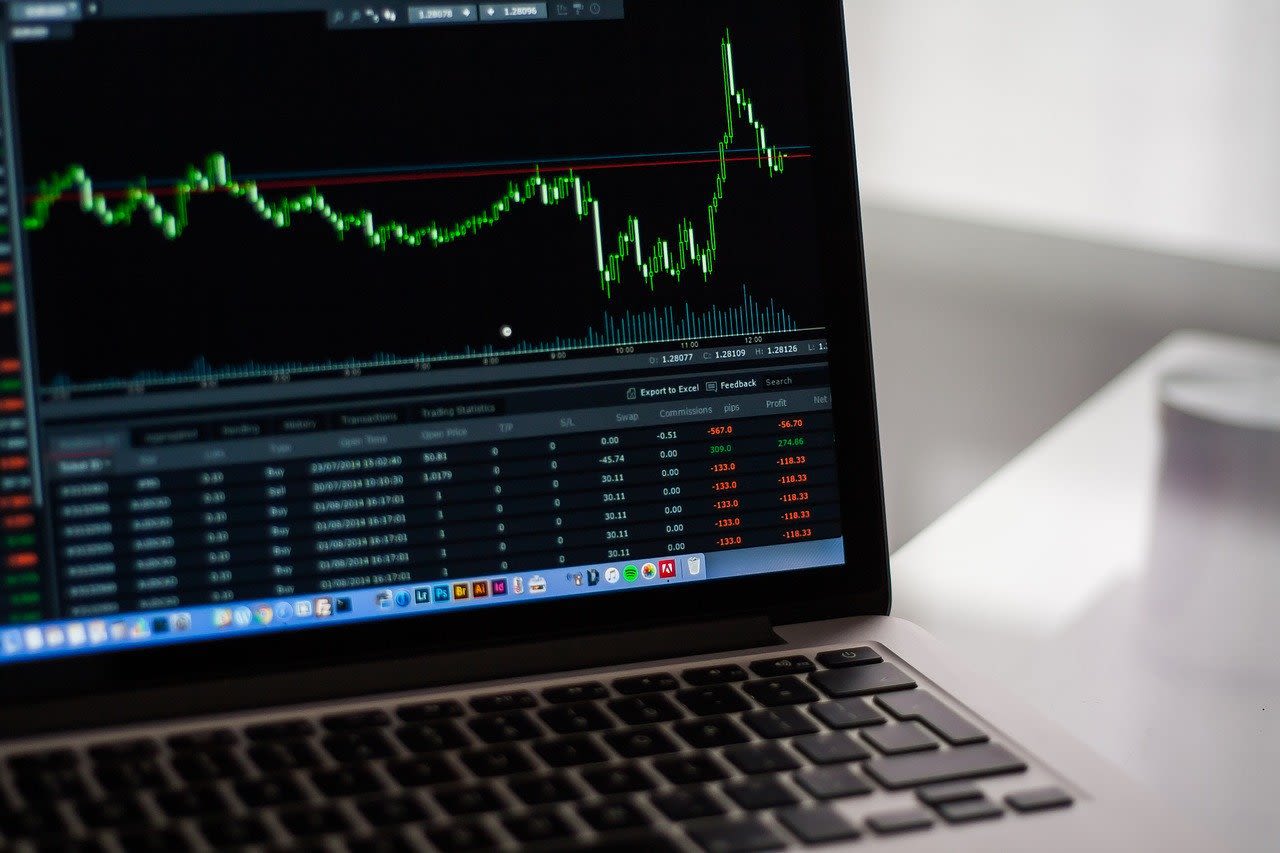
“FED” WATCHING—THE RISE AND FALL OF THE ECONOMY
Today’s financial markets, economy, and banking industry hang on the decisions made by Federal Reserve Chairman Jerome Powell. The power to send markets soaring or diving is based on the chairman’s ability to raise or lower interest rates charged to member banks. So, how does this develop, and why does it seem that sometimes the “Fed” is marching to the beat of a different drum?
Until Congress established the Federal Reserve System (commonly called “the Fed”) in 1913, the United States was the only major industrial nation without a central bank. The economy had grown without any central control or coordination of banking activity, the direction of which had been left to local discretion.
An understanding of how the Fed was established, its basic operation and powers, and its relationship with the federal government, as well as the banking community is especially important at a time when the direction of the economy is under constant scrutiny.
To establish the Fed, all member banks were required to make deposits into the new centralized system, thus creating a pool of reserves. Originally conceived as a “lender of last resort,” the Fed would use these pooled resources to make loans to banks under stress, who would borrow money from the pool and repay it when economic conditions improved.
As the system developed, the Fed discovered two important powers:
The capital reserve requirement could be used to control the growth of banks; and
The decisions made by business leaders, and the business cycle itself, could be affected by the centralized control of the banking system.
To control the reserves of the banking system, the Fed buys and sells securities on the open market. When the Fed buys securities, the sellers deposit the proceeds of the sales in their banks, and bank reserves grow. On the other hand, when the Fed sells securities, buyers withdraw funds from their banks in order to make purchases, and bank reserves fall.
As years passed, the Fed exercised increasing power over the American economy, leading it into occasional conflict with the American business community, the president, and Congress. At various times, critics viewed the Fed as too restrictive—
not permitting the economy to grow rapidly enough. At other times, the Fed was cited for being too lenient—permitting demand to grow so rapidly that inflation threatened the economy.
The conflicts are a natural result of the Fed’s relationship with Congress and the president. It is not an agency of the United States government, and its policies may, at times, reflect the wishes of Congress and/or the president, but it is not bound to do so. Instead, it is a corporation owned by banks that have purchased shares of stock. While only federally chartered banks are required to purchase stock and become members of the Federal Reserve System, all banks are subject to the Fed’s financial controls.
Broadly speaking, the Fed’s responsibilities fall into four general categories:
conducting the nation’s monetary policy;
supervising and regulating banking institutions, and protecting the credit rights of consumers;
maintaining the stability of the U.S. financial system; and
4.) providing certain financial services to the U.S. government, financial institutions, official foreign institutions, and the public at large.
The Fed does have a quasi-public function to the extent that its affairs are managed by a Board of Governors appointed by the president with the approval of Congress. Nonetheless, once appointed, the Board of Governors is independent of the federal government and is free to pursue policies of its own choosing. New laws could, of course, change the current independent status of the Fed. The chairman of the Federal Reserve Board is frequently called upon to defend policies before Congress. Congressmen often point out that the Fed is a creation of Congress, which can enact legislation to reduce, alter, or eliminate the Fed’s powers. Indeed, congressmen and others have suggested that the Fed be made a governmental agency, with a consequent lessening of its autonomy.
For the moment, however, the Fed’s independence remains intact, leaving it free to exercise its best judgment in guiding the nation’s banking activity without political entanglements. As the Fed increases or reduces bank reserves, and thus increases or decreases the ability of banks to lend money, business expansion and economic activity generally respond in concert. Following and understanding the Fed’s policies can give the individual consumer or investor a better comprehension of the economy’s direction, and increased experience and familiarity in dealing with its changes and opportunities.